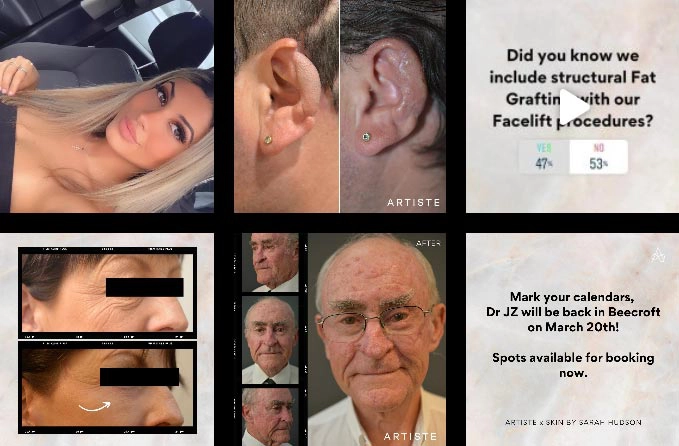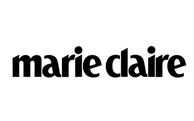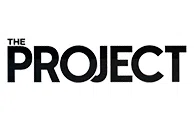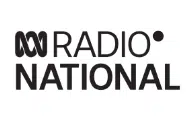MACS vs SMAS Facelift: Comparing These 2 Techniques
Model featured in photography
Facelift surgery techniques have evolved, offering various surgical options to address signs of ageing. Among these techniques are the Minimal Access Cranial Suspension (MACS) lift and the Superficial Musculoaponeurotic System (SMAS) facelift. Understanding their distinctions is essential for individuals considering facial procedures.
In this blog, we provide general information about these two methods, their approaches, and key differences. It is important to seek professional advice from a qualified healthcare practitioner to determine the most appropriate approach for your individual circumstances.
Understanding the SMAS Facelift
The SMAS facelift targets the deeper layers of facial tissue, specifically the superficial musculoaponeurotic system (SMAS). This technique involves repositioning and tightening the SMAS layer. Incisions are typically made around the hairline and ears, allowing access to the underlying structures. This approach is often considered for individuals with significant facial loose skin.
Key Features of the SMAS Approach:
- Surgical Technique: Involves making incisions around the ear and hairline to access and reposition the SMAS layer.
- Target Areas: Addresses the mid-face, lower face, and neck regions.
- Invasiveness: Considered more invasive due to the deeper tissue manipulation involved.
- Recovery Considerations: May require a longer recovery period due to the extent of the procedure.
A study comparing SMAS plication and MACS lift procedures found that the SMAS technique resulted in greater lifting of facial skin and muscle. However, the choice of technique should be tailored to individual patient needs and desired outcomes.
Understanding the MACS Lift
The MACS lift is designed to address mild to moderate facial loose skin. This technique utilises shorter incisions in front of the ears, through which sutures are used to vertically lift and suspend the underlying facial tissues. The procedure focuses on elevating loose skin on the cheeks and reducing nasolabial folds.
Key Features of the MACS Approach:
- Surgical Technique: Utilises shorter incisions and vertical suspension sutures to lift facial tissues.
- Target Areas: Primarily addresses the mid-face region.
- Invasiveness: Compared to SMAS, it may be considered as less invasive due to limited dissection and smaller incisions.
- Recovery Considerations: Compared to SMAS, it generally involves a shorter recovery period. It is important to note that patients’ recovery varies from every individual.
Comparing MACS and SMAS Techniques
In summary, here’s the comparison of the two surgical techniques:
| Feature | SMAS Facelift | MACS Lift |
| Surgical Approach | Involves deeper tissue manipulation with incisions around the ear and hairline. | Utilises shorter incisions with vertical suspension sutures. |
| Target Areas | Addresses mid-face, lower face, and neck. | Primarily targets the mid-face region. |
| Invasiveness | More invasive due to extensive dissection. | Maybe considered as less invasive with limited tissue dissection. |
| Recovery Considerations | May require a longer recovery period. | Generally involves a shorter recovery time. |
These differences highlight the importance of a personalised consultation to determine the most suitable technique based on individual anatomy and aesthetic goals.
Seeking Professional Advice
Deciding between a MACS lift and a SMAS facelift requires a thorough assessment by a qualified healthcare practitioner. Obtaining a GP referral and a consultation with a surgeon ensures that decisions are based on accurate information tailored to individual needs.
If you want to learn more about different facelift techniques and your suitability for the procedure, reach out to Artiste Plastic Surgery. Our Specialist Plastic Surgeon, Dr Jack Zoumaras, will evaluate your facial anatomy and skin elasticity to provide options with their potential benefits, considerations and risks involved. He will also discuss in detailed information on post-procedure care and recovery timelines. Schedule a consultation today.
Disclaimer: At Artiste Plastic Surgery, our Plastic Surgeons led by Dr Jack Zoumaras have been trained to the highest possible degree. All surgery has risks and it is always advised to get a second opinion. Risks are very real and we cannot guarantee any result. Results are illustrated as a guide only. All risks are managed and any need for revision surgery or complications (1-5%) can be managed by our specialist plastic surgeons.
Any statements on how you will feel is based on Level V Evidence:
Level V: How you will feel after plastic surgery varies between individuals, depending on psychological and physical factors. Our internal research is based on how patients in our practice feel after surgery.
The blogs are not a substitute for a medical consultation and do not form as part of the doctor to patient relationship.
SHARE THIS ARTICLE
Jul01
Facelift Recovery Tips: What Speeds Up Healing and What to Avoid
Disclaimer: At Artiste Plastic Surgery, our Plastic Surgeons led by Dr Jack Zoumaras have been trained to the highest possible degree. All surgery has risks and it is always advised ...
Jul01
How to Prepare for Facelift Surgery: What to Do Before Your Big Day
Disclaimer: At Artiste Plastic Surgery, our Plastic Surgeons led by Dr Jack Zoumaras have been trained to the highest possible degree. All surgery has risks and it is always advised ...
ABOUT ARTISTE
Artiste Plastic Surgery is an Award Winning Specialist Plastic Surgery practice led by internationally trained Dr. Jack Zoumaras, Plastic Surgeon and Peer Reviewed Face Surgeon
Artiste offers the latest Cosmetic Surgical Procedures of the Face, Breast and Body, inspired from leading centres around the world.
STAY IN THE LOOP
Enter your email address below to receive updates on new articles and VIP access to promotions and special offers.
FOLLOW US ON INSTAGRAM
